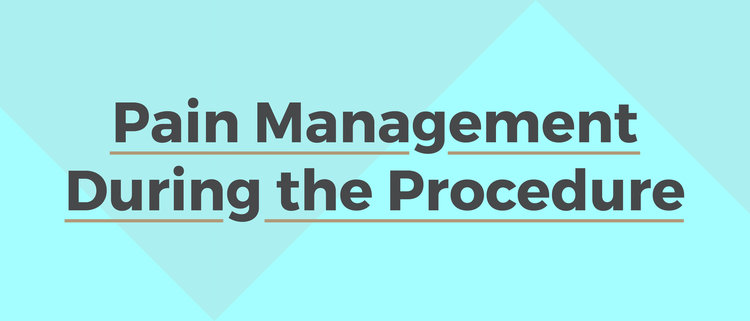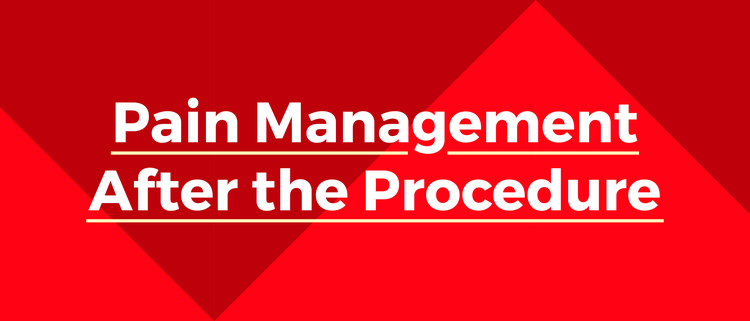So You’re Getting a Root Canal
There’s a reason the root canal is often the go-to comparison of choice when people are discussing unpleasant experiences. It’s the most universally dreaded of all dental procedures, but that doesn’t downgrade its importance in the world of oral health.
We want to help prepare you for your root canal by explaining the basics for you beforehand and by giving you some pain management techniques (both during and after) your treatment.

In the simplest terms, a root canal is necessary when the pulp of the tooth (the innermost part of the tooth attached to the root) becomes infected. The infection can stem from a particularly large cavity or damage/trauma to the tooth. During the root canal procedure, the infected pulp is removed and replaced with filling material.
We won’t lie to you – it’s definitely not an easy procedure to sit through, but there are steps you can take to manage your discomfort.

It’s important to understand that the pain you feel is first and foremost caused by the infection in the tooth as opposed to the root canal treatment itself (which is primarily done to ease and eventually eliminate any pain).

You will be given a local anesthetic to numb the tooth and the surrounding area prior to the procedure and, if you’re still nervous that won’t be enough, there are always other options like nitrous oxide (also known as laughing gas). Your dentist can help calm you down before the procedure by going over exactly what they’ll be doing step by step (knowledge is power, after all). If you’re really nervous, try practicing some deep breathing exercises prior to the procedure to ensure your heart rate is steady and you’re as calm as possible.

Although the infected pulp has been removed, you will likely still feel some pain and discomfort after the procedure is over. While it’s true that the tooth will no longer feel any sensitivity to heat or cold, the surrounding area will need some time to recover from the procedure. Your dentist can prescribe you medicine to help your mouth heal from the resulting inflammation.

Remember that you will have to go back to the dentist for a follow up shortly after your procedure because the temporary filling in your tooth is just that – temporary – and will need to be replaced with a permanent filling or crown to ensure the canal of your tooth stays bacteria and infection free!

Be gentle on your teeth in the days after a root canal and try to stick to foods and drinks that won’t aggravate the area of the procedure. Your dentist will give you some specific tips when you’re leaving the office but the best way to avoid aggravating your tooth is to avoid very hot or very cold food and drink, to eat on the opposite side of the tooth that’s been treated, and to eat soft foods that don’t require much chewing.

Your mouth is going to be numb after the procedure so the chances of you accidentally injuring yourself without noticing are much higher (i.e. biting the inside of your cheek or burning your mouth because you can’t gauge the temperature of the food you’re eating).

Be careful, let your mouth heal, and if the pain is particularly intolerable, ask your dentist to recommend a pain reliever (oftentimes something as simple as Advil or Tylenol will do the trick but it’s good to know there are other options available to you should you need them).
